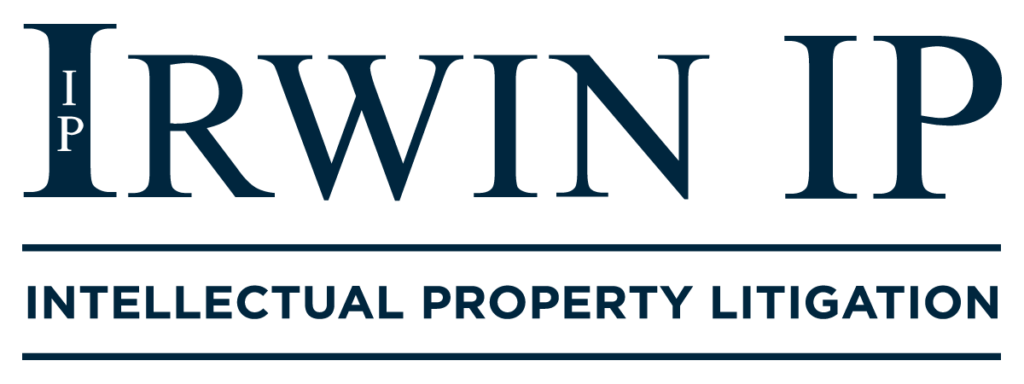The Federal Circuit held that an inventor could challenge his or her own patent via an inter partes review (“IPR”) based on the plain language of the statute authorizing IPRs.
Arista Networks, Inc. (“Arista”) filed a petition for IPR of certain claims of U.S. Patent No. 7,340,597 (“the ’597 patent”), owned by Cisco Systems, Inc. (“Cisco”). The named inventor of the ’597 Patent was employed by Cisco at the time of the invention and assigned “the entire right, title and interest throughout the world” to his invention to Cisco. Shortly after the invention of the ’597 Patent, the named inventor and several other employees left Cisco and founded Arista.
After Arista filed its petition, the IPR was instituted, and the Patent Trial and Appeal Board (“PTAB”) upheld some of the challenged claims and invalidated others. During the IPR, Cisco argued that the doctrine of assignor estoppel—which precludes an inventor who has assigned a patent from challenging the validity of that patent—should have prevented Arista from challenging the validity of the ’597 Patent. In its decision, the PTAB refused to apply assignor estoppel, and Cisco appealed. The Federal Circuit addressed both the reviewability of the PTAB’s refusal to apply the doctrine assignor estoppel and the merits of the argument itself.
Regarding whether the Federal Circuit could review the PTAB’s refusal to apply assignor estoppel, the Federal Circuit focused on 35 U.S.C. § 314(d), which provides “[t]he determination by the Director whether to institute an inter partes review under this section shall be final and nonappealable.” In Cuozzo Speed Technologies v. Lee, 136 S. Ct. 2131 (2016), the Supreme Court explained that §314(d) bars judicial review in situations “where a patent holder grounds its claim in a statute closely related to that decision to institute inter partes review.” The Federal Circuit held that “whether [35 U.S.C.] § 311(a) contemplates application of assignor estoppel is not closely related to the preliminary patentability determination or the exercise of discretion not to institute” and therefore reviewable.
Regarding the applicability of assignor estoppel to IPRs, the Federal Circuit focused its inquiry on whether Congress intended assignor estoppel to apply to IPR proceedings. Cisco argued that assignor estoppel is a long-standing common law doctrine that should be presumed to apply absent statutory intent to the contrary. While the Federal Circuit agreed with this principle, it found that such a statutory purpose to the contrary was present in this context. Specifically, the Federal Circuit concluded that 35 U.S.C. § 311(a) governed whether Congress intended assignor estoppel to apply to IPRs and that the statute was plain and unambiguous. The Federal Circuit left no room for mistake: “In sum, we conclude that § 311(a), by allowing ‘a person who is not the owner of a patent’ to file an IPR, unambiguously dictates that assignor estoppel has no place in IPR proceedings.”
